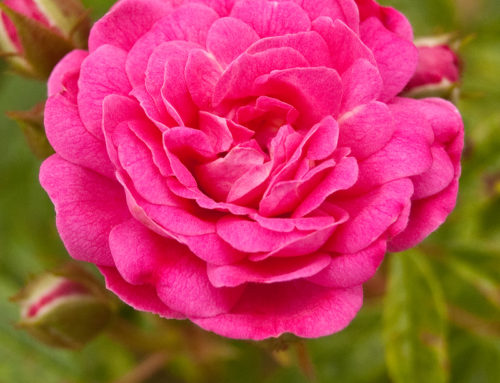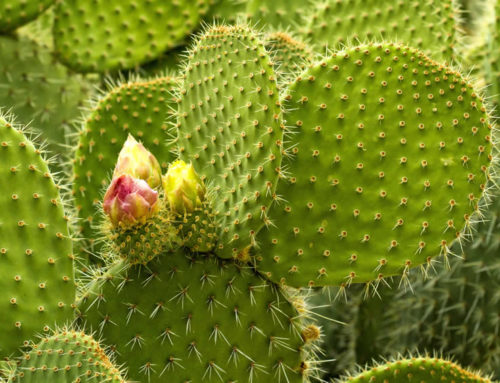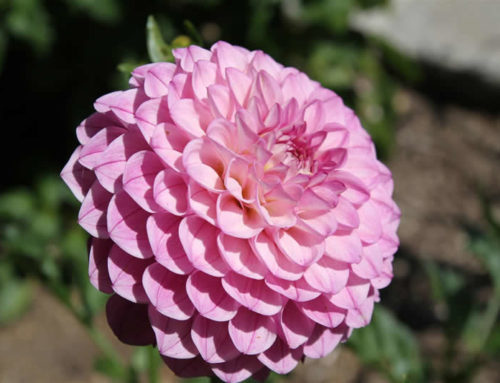Agapanthus is the only genus in the subfamily Agapanthoideae of the flowering plant family Amaryllidaceae. The family is in the monocot order Asparagales. The name is derived from scientific Greek: αγάπη (agape) = love, άνθος (anthos) = flower.
Some species of Agapanthus are commonly known as lily of the Nile (or African lily in the UK), although they are not lilies and all of the species are native to Southern Africa (South Africa, Lesotho, Swaziland, Mozambique) though some have become naturalized in scattered places around the world (Australia, Great Britain, Mexico, Ethiopia, Jamaica, etc.).
Species boundaries are not clear in the genus, and in spite of having been intensively studied, the number of species recognized by different authorities varies from 6 to 10. The type species for the genus is Agapanthus africanus. A great many hybrids and cultivars have been produced and they are cultivated throughout warm areas of the world, and can especially be spotted all throughout Northern California. Most of these were described in a book published in 2004.
Agapanthus is a genus of herbaceous perennials that mostly bloom in summer. The leaves are basal and curved, linear, and up to 60 cm (24 in) long. They are arranged in two rows.
The inflorescence is a pseudo-umbel subtended by two large bracts at the apex of a long, erect scape, up to 2 m (6.6 ft) tall. They have funnel-shaped flowers, in hues of blue to purple, shading to white. Some hybrids and cultivars have colors not found in wild plants. The ovary is superior. The style is hollow. Agapanthus does not have the distinctive chemistry of Alliaceae.
Photos: Gabe
Plant Info
Latin Name: Agapanthus praecox
Family Name: Agapanthaceae
Origin: South Africa
Garden Location: Volunteer Garden







